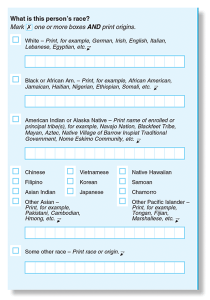
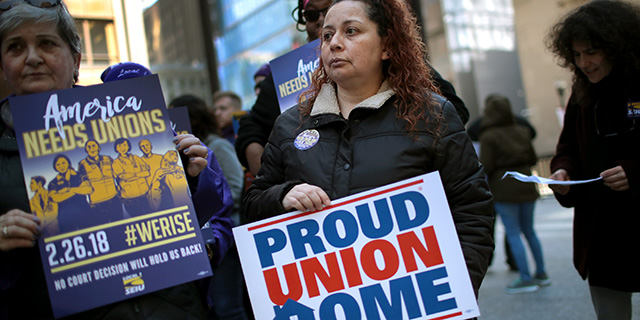
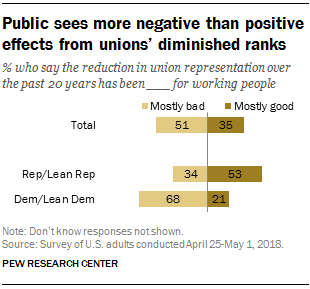
The number of Americans represented by labor unions has decreased substantially since the 1950s, and a new Pew Research Center survey finds that the decline is seen more negatively than positively by U.S. adults. The survey also finds that 55% of Americans have a favorable impression of unions, with about as many (53%) viewing business corporations favorably.
In 2017, just 10.7% of wage and salaried workers in the United States were members of labor unions, down from 20.1% in 1983 (the first year for which comparable data are available), according to the Bureau of Labor Statistics. Unionization in the U.S. peaked at more than 34% in 1954, according to the Congressional Research Service.
About half of Americans (51%) say the large reduction in union representation has been mostly bad for working people in the U.S., while 35% say it has been mostly good, according to the Center’s survey, which was conducted in April and May. Views about the impact of diminished union membership are little changed from 2015.
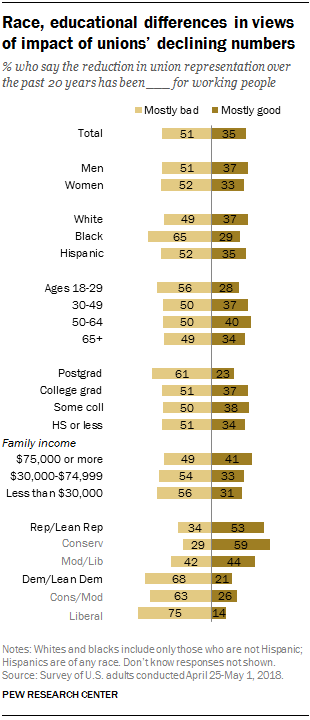
Partisanship has long been a major factor in public attitudes about labor unions. In the new survey, 68% of Democrats and Democratic-leaning independents say the reduction in union membership has been mostly bad for working people; half as many Republicans and Republican leaners (34%) say the same.
There also are racial, age and educational differences in assessments of the reduction in union representation.
By about two-to-one, blacks are more likely to say the decline in union representation has been mostly bad for working people than that it has been mostly good (65% vs. 29%). Smaller shares of whites (49%) or Hispanics (52%) say it has been mostly bad.
Adults younger than 30 are the only age group in which a majority (56%) says the reduction in union membership has been mostly bad for working people. Among adults 30 and older, half (50%) express this view.
And while 61% of adults with postgraduate degrees say the decline in union membership has been mostly bad for working people, fewer of those with less education (50%) view this trend negatively.
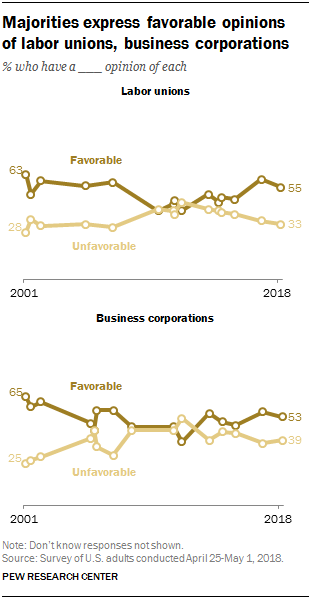
Majorities view unions, corporations favorably
Views of labor unions have fluctuated modestly over the past two decades, but have become more positive than they were during the Great
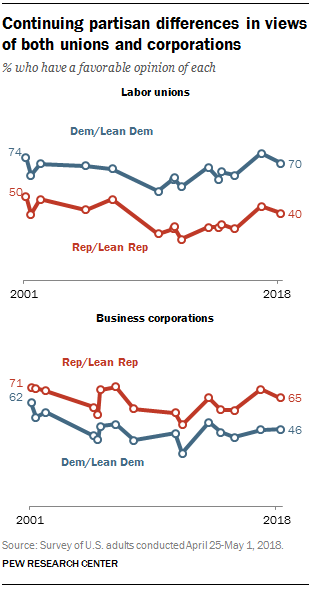
Recession.
A majority of the public (55%) now holds a favorable view of labor unions, while 33% hold an unfavorable view. The share with a favorable view is down slightly from last year (60%), but much higher than in 2011, when just 41% viewed unions favorably.
Similarly, views of business corporations are currently much more positive today (53% favorable) than they were seven years ago (38%).
Democrats continue to be far more likely than Republicans to view labor unions favorably, while the reverse is true in opinions of business corporations.
Today, there’s a 30-percentage-point gap between Democrats and Republicans in views of labor unions: 70% of Democrats hold a favorable view, compared with 40% of Republicans. By contrast, while roughly two-thirds of Republicans (65%) view business corporations favorably, fewer Democrats (46%) express positive views.
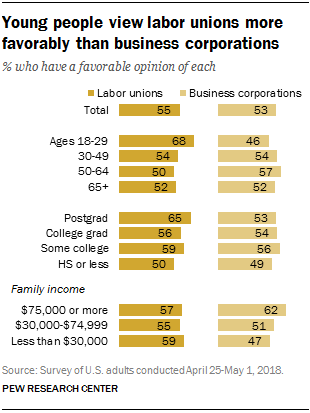
Young adults continue to be more likely than older people to express a favorable opinion of labor unions. A 68% majority of those ages 18 to 29 hold a positive view of unions, compared with only about half (51%) of those 50 and older.
Adults younger than 30 also are somewhat less likely to view businesses favorably: Fewer than half (46%) hold a favorable opinion of business corporations, while 47% hold an unfavorable view. By contrast, older Americans are more likely to be positive than negative in their views. Adults under 30 are the only age group in which a larger share has a favorable view of labor unions than of business corporations.
Among educational groups, postgraduates stand out for having a more favorable opinion of labor unions (65%) than corporations (53%). Among those with less education, comparable shares express favorable views of both unions and corporations.
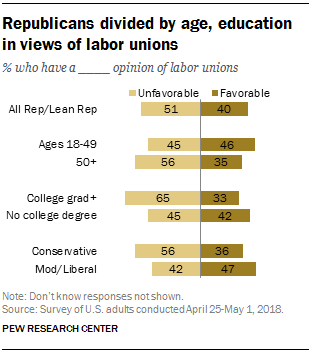
Among Republicans and Republican leaners, there are significant differences in attitudes toward labor unions by education, age and ideology.
By nearly two-to-one (65% to 33%), Republicans with at least a four-year college degree hold unfavorable opinions of labor unions. By contrast, opinion is divided among Republicans who do not have a college degree (45% unfavorable, 42% favorable).
Among Democrats, there are only modest demographic differences in views of labor unions. However, conservative and moderate Democrats are more likely than liberal Democrats to view business corporations favorably (53% vs. 40%).
Note: Full methodology and topline can be found here (PDF).